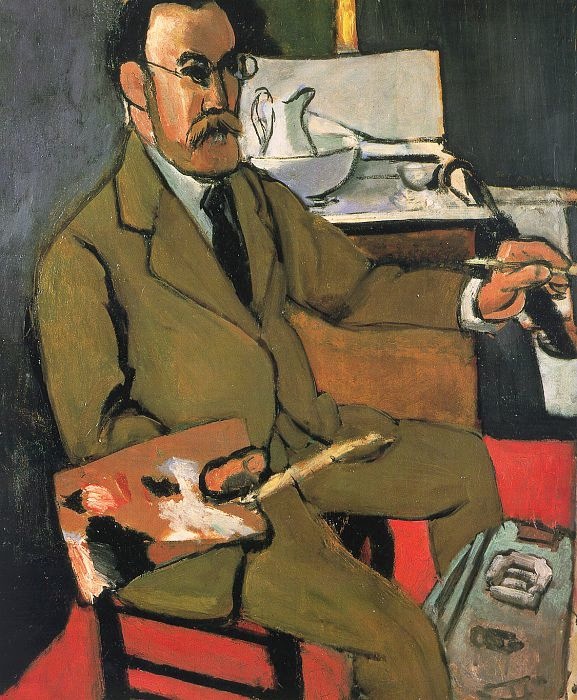


Image source: kids.kiddle.co
Henri Matisse did not set out to be an artist, in fact, he studied the law and worked as a law clerk. However, Matisse fell in love with painting and art when his mother gave him some art supplies to keep him occupied during his recovery from acute appendicitis.
As Matisse began studying and exploring art, his mother encouraged him not to follow the normal rules of art, but to try out new things and to paint his emotions. Later, in his old age, Matisse began to experiment with cutouts. He worked with painted paper and scissors, making collages, some of which became famous pieces of artwork.


Image Source: Wikimedia Commons
Henri Matisse was a French artist, known for his use of bright colours in his artwork. He is mainly known as a painter, but he was also a draughtsman, printmaker and sculptor. His mastery of the expressive language of colour and drawing, displayed in a body of work spanning over a half-century, won him recognition as a leading figure in modern art and in the Fauvism art movement.
First exhibited at the 1905 Salon d'Automne in Paris, Woman with a Hat (Femme au chapeau) was at the center of the controversy that led to the christening of the first modern art movement of the twentieth century - Fauvism.

This depiction of the artist's wife, Amélie, is one of Matisse's most famous paintings and a masterpiece within 20th century portraiture. The green stripe down the center of Amélie Matisse's face acts as an artificial shadow line and divides the face with a cool and warm side.

The dessert: harmony in red (The red room), 1908, is considered by some art historians to be Matisse's masterpiece. In this painting, he managed to create an impression of space and depth by pairing the flat red background with other elements like the female figure, chair and window.

Fluttering, falling, or flying? The mythological character Icarus twists, with bright stars around him. Henri Matisse experimented with materials and colors to make Icarus look like he floats on the deep blue background. He painted papers black, yellow, red, and blue, and then cut, pinned, and pasted the shapes together.

The Sorrows of the King was Matisse's final self portrait. In this work, stunning colours and shapes were used to create a scene, in which Matisse has represented himself by the central black form, like a silhouette of himself sitting in his armchair, surrounded by the pleasures that have enriched his life.

Matisse made many drawings of snails and that the idea for this work came out of these. The concentric pattern formed by the coloured shapes in the centre of the work echoes the spiral pattern found in the snail's shell.
